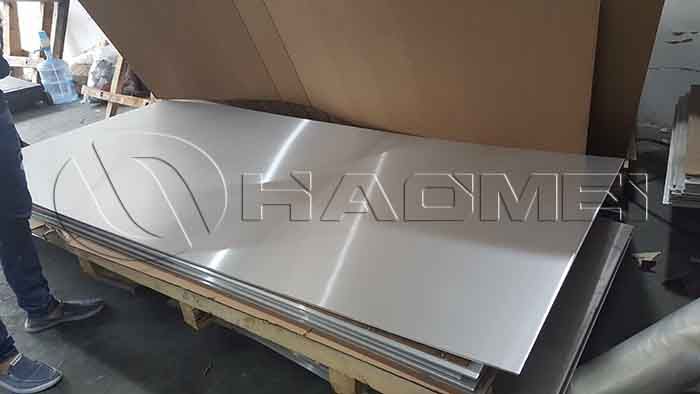The Corrosion Resistance of Marine Grade Aluminum 5083 and 5059
Due to its excellent corrosion resistance, machining formability, weldability and good strength, 5xxx aluminum alloy is widely used in the superstructure and hull structure large ships. The use of aluminum alloy plate instead of conventional steel plate as the hull material can not only reduce the weight of the hull, but also make up for the failure of the steel plate due to corrosion during service.
Marine grade aluminum 5083 is currently a widely used alloy in shipbuilding. However, with the increase in the strength and speed requirements for ships, many ship factories begin to consider other new corrosion-resistant alloys like 5059 aluminum plate. What are their corrosion resistance differences?

Both 5083 and 5059 alloy are non-heat-treatable aluminum alloys. The main strengthening method is work hardening. The processing technology is generally smelting, hot rolling, cold rolling and other processes to become plates, and then stabilization treatment to achieve H116 temper to meet the corrosion resistance of the alloy.
Although the Mg content of 5059 alloy (wt=5.25%) is higher than that of 5083 alloy (wt=4.72%), the Zn content of 5059 alloy (wt=0.21%) is higher than that of 5083 alloy (wt= 0.15%), the increase in Zn content makes the corrosion resistance of 5059 aluminum alloy better than that of aluminum 5083 h116.
The occurrence of exfoliation corrosion requires two conditions: one is elongated grains; the other is corrosion channels caused by grain boundary galvanic corrosion (precipitation phase/solute depletion zone).
Because the 5083 alloy sheet has a deformation along the rolling direction due to the characteristics of processing and forming, and has a flat grain structure, it is easy to form a continuous anodic dissolution channel at the alloy grain boundary during the corrosion test. With the extension of the immersion time, the corrosion pits in the deformed structure further deepen and cracks appear.
However, the edge of 5059 alloy is fully recrystallized equiaxed grains, so there will be no exfoliation corrosion. Therefore, 5083 and 5059 alloys have different exfoliation corrosion resistance due to the different grain morphology at the edges.
As for which one to choose, it depends on the which kind of ships you build and which part they will be used. Welcome to leave message below to inquire what you need and we support sample test.









